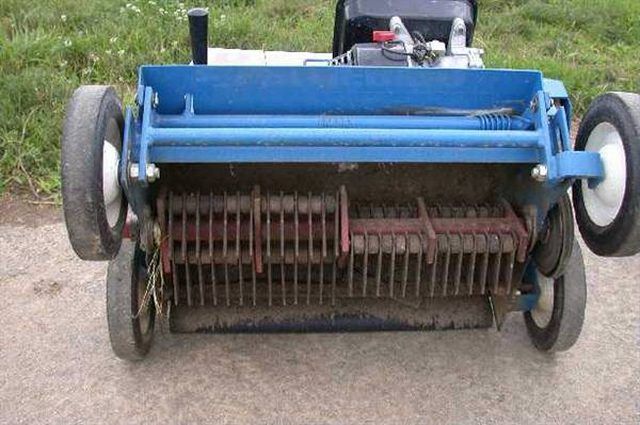Bulbs
Flower Basics
Flower Beds & Specialty Gardens
Flower Garden
Garden Furniture
Garden Gnomes
Garden Seeds
Garden Sheds
Garden Statues
Garden Tools & Supplies
Gardening Basics
Green & Organic
Groundcovers & Vines
Growing Annuals
Growing Basil
Growing Beans
Growing Berries
Growing Blueberries
Growing Cactus
Growing Corn
Growing Cotton
Growing Edibles
Growing Flowers
Growing Garlic
Growing Grapes
Growing Grass
Growing Herbs
Growing Jasmine
Growing Mint
Growing Mushrooms
Orchids
Growing Peanuts
Growing Perennials
Growing Plants
Growing Rosemary
Growing Roses
Growing Strawberries
Growing Sunflowers
Growing Thyme
Growing Tomatoes
Growing Tulips
Growing Vegetables
Herb Basics
Herb Garden
Indoor Growing
Landscaping Basics
Landscaping Patios
Landscaping Plants
Landscaping Shrubs
Landscaping Trees
Landscaping Walks & Pathways
Lawn Basics
Lawn Maintenance
Lawn Mowers
Lawn Ornaments
Lawn Planting
Lawn Tools
Outdoor Growing
Overall Landscape Planning
Pests, Weeds & Problems
Plant Basics
Rock Garden
Rose Garden
Shrubs
Soil
Specialty Gardens
Trees
Vegetable Garden
Yard Maintenance
What Is Power Raking?
What Is Power Raking?. Power raking is the process of cutting swathes into the dead material of lawns to remove dead grass so the soil can breathe and the grass can grow more efficiently. Power raking differs from dethatching in extent. While dethatching tears deeply into the soil, removing both dead layers and healthy root systems, power raking is...
Power raking is the process of cutting swathes into the dead material of lawns to remove dead grass so the soil can breathe and the grass can grow more efficiently. Power raking differs from dethatching in extent. While dethatching tears deeply into the soil, removing both dead layers and healthy root systems, power raking is a gentle process design to tear out only the grass material at the surface of the soil.
Power Raker
A power raker is a specific type of machine equipped with roto-tiller-like blades that are intended to be used on lawns. It is about the size of a lawnmower, often larger, and many homeowners rent them from local landscaping services. The blades are set to turn just on the surface of the lawn, so that they dig into the grass bed and dead material covering the soil without actually digging it up. Power rakers produce a layer of detritus and a normal raking is often done afterwards.

Dethatching
Dethatching is done using the same machine as power raking, only the blades are different and usually set to a much lower level so that they dig into the soil and tear up dead grass material. This removes much more lawn material and requires a lot of cleaning up afterward, so dethatching is usually followed by extensive raking, fertilizing and seeding. The two terms are sometimes interchangeable.
Benefits
Power raking is seen as an easier and more efficient option than dethatching. Because the blades only cut the surface of the grass, it aerates the lawn and helps get rid of dead matter without destroying the healthy grass. Dethatching is a much more extensive process that can tear apart growing grasses and needs to be followed by careful care of the lawn. Power raking targets only the dead grass layer and when done effectively, removes waste without causing damage so that the lawn can heal quickly and no permanent damage is done.
Timing
Power raking, unlike dethatching, is generally done in the spring or fall. Fall rakings are done to clear out dead grass before winter so it does not have time to form a thick mat. Spring power raking is done before the grass begins to grow again so that the lawn will be in optimal condition.
Seeding
Both power raking and dethatching are often accompanied by re-seeding and fertilizing. When dethatching, this is usually necessary to replace the lawn matter torn out by the process. When power raking, re-seeding gives the lawn new growth and promotes overall health.